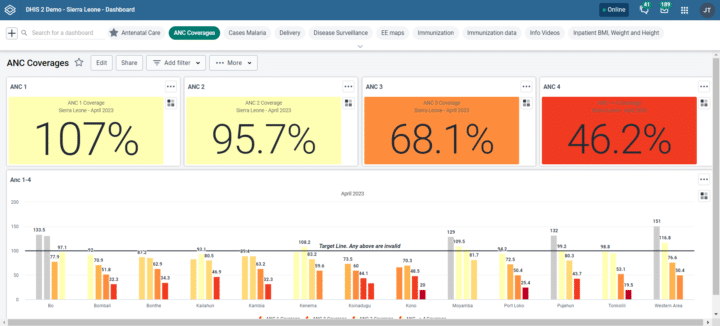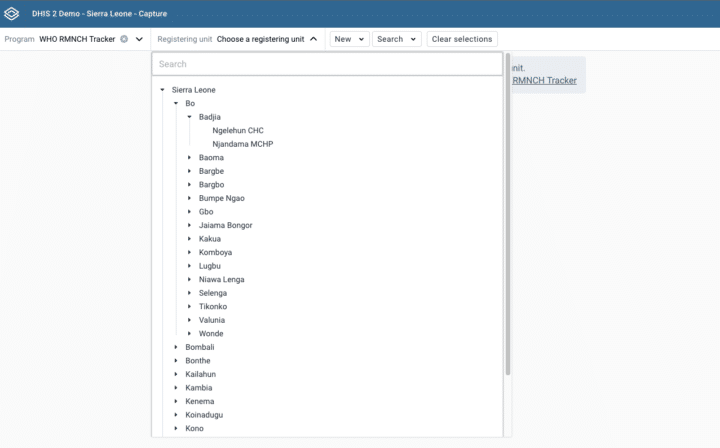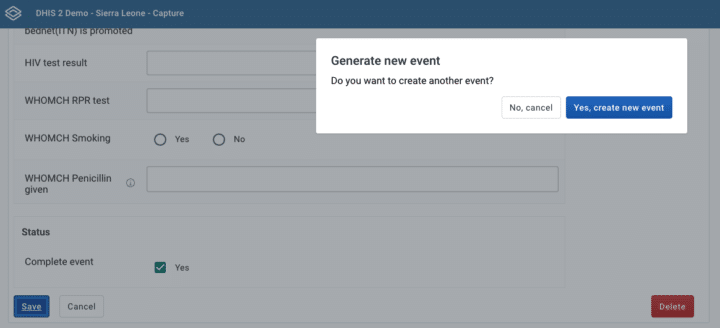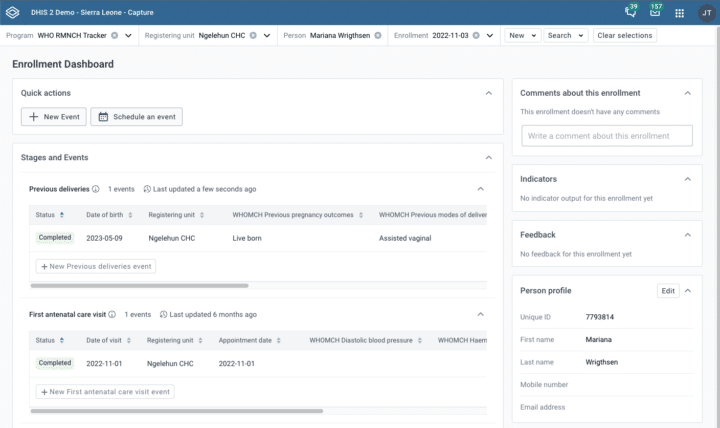On-the-fly custom calculations in Data Visualizer
Now it’s even easier to explore your data within DHIS2! With this feature, you can create your own custom calculations directly in the Data Visualizer application for pivot tables. This means you no longer need to have admin access or create new indicators to play around with your own personal data expressions. Plus, the custom calculation is automatically saved to the pivot table in which it was created, without cluttering up your configuration with additional saved indicators. This feature is perfect for things like exploring coverage calculations with various population denominators or making quick and simple sums.




